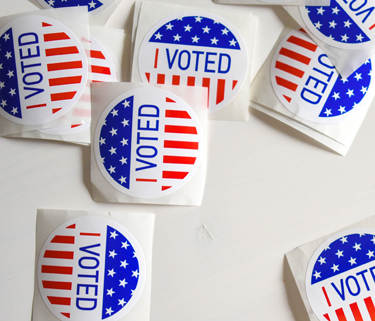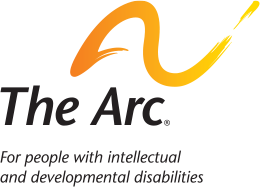Disability Advocates Warn: Supreme Court Case Could Open Door to Executing People With Intellectual Disability
WASHINGTON, DC – The U.S. Supreme Court will soon hear Hamm v. Smith, a case that will determine how courts apply the death penalty to people with intellectual disability. At issue is whether judges must continue to follow established clinical standards or whether states can rely on a narrow focus on IQ scores.
Today, The Arc of the United States, joined by the American Association on Intellectual and Developmental Disabilities (AAIDD), the Bazelon Center for Mental Health Law, and the National Disability Rights Network, filed an amicus brief urging the Court to uphold existing precedent and ensure that people with intellectual disability remain meaningfully protected from execution. Oral arguments are scheduled for November 2025.
In Atkins v. Virginia (2002), the Court recognized what Americans overwhelmingly believe: executing people with intellectual disability is cruel, unconstitutional, and serves no purpose. That protection was later reinforced in Hall v. Florida and Moore v. Texas, which directed courts to follow clinical science rather than stereotypes in diagnosing intellectual disability in death penalty cases.
Now, in Hamm v. Smith, those safeguards are at risk.
Shira Wakschlag, Senior Executive Officer of Legal Advocacy and General Counsel for The Arc of the United States:
“It is settled law that executing people with intellectual disability is unconstitutional. People with intellectual disability have a specific condition, not a rote IQ number. Alabama is asking the court to erase that precedent and focus exclusively on IQ scores in evaluating whether a person has an intellectual disability. The state’s request would upend decades of precedent, ignore science, and put people with intellectual disability at risk of unlawful execution. An intellectual disability diagnosis requires a holistic and comprehensive evaluation conducted by qualified individuals. Lives are on the line.”
Why Hamm v. Smith should matter to everyone:
- It’s about fairness. People with intellectual disability are more likely to be targeted, arrested, and wrongfully convicted. Without meaningful and science-based implementation of these protections, innocent lives could be lost.
- It’s about science, not stereotypes. The clinical definition of intellectual disability has been developed over decades and includes a robust framework that must be used in the diagnostic process. Experts agree that diagnosis requires more than a single IQ score. Failing to ensure that courts follow clinical judgment would ignore science in favor of dangerous stereotypes.
This case is not about excusing violent crime. People with intellectual disability can and should be held accountable under the law. But intellectual disability is a lifelong, complex condition, and the Supreme Court has made clear that the Constitution draws a clear line: execution is off the table.
The Arc has fought for this safeguard for decades, including playing a critical role in Atkins. The organization and its partners will continue to fight to ensure that courts properly follow clinical judgment in defining intellectual disability in death penalty cases and that no person with intellectual disability is ever put to death in violation of the Constitution.
Media Contact:
Jackie Dilworth, The Arc of the United States, dilworth@thearc.org
###
About The Arc of the United States: The Arc advocates for and serves people with intellectual and developmental disabilities (IDD), including Down syndrome, autism, Fetal Alcohol Spectrum Disorders, cerebral palsy, and other diagnoses. Founded in 1950 by parents who knew their disabled children deserved more, The Arc is now the largest grassroots organization for people with IDD with nearly 600 chapters in 48 states and Washington, DC. Together, we are promoting and protecting the rights of people with disabilities and supporting their inclusion throughout their lives—from education to employment to community living. There are approximately 7.4 million people with IDD in the United States, which encompasses over 100 different diagnoses. Visit www.thearc.org or follow us @TheArcUS to learn more. Editor’s Note: The Arc is not an acronym; always refer to us as The Arc, not The ARC and never ARC. The Arc should be considered as a title or a phrase.














